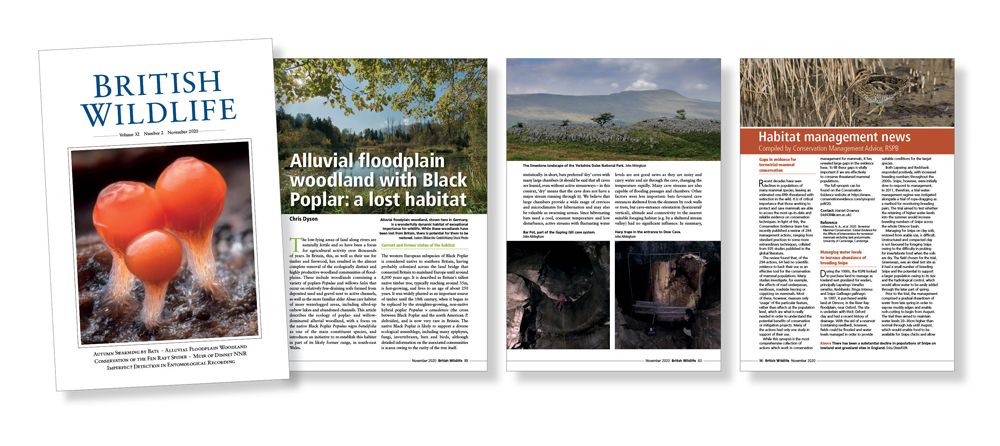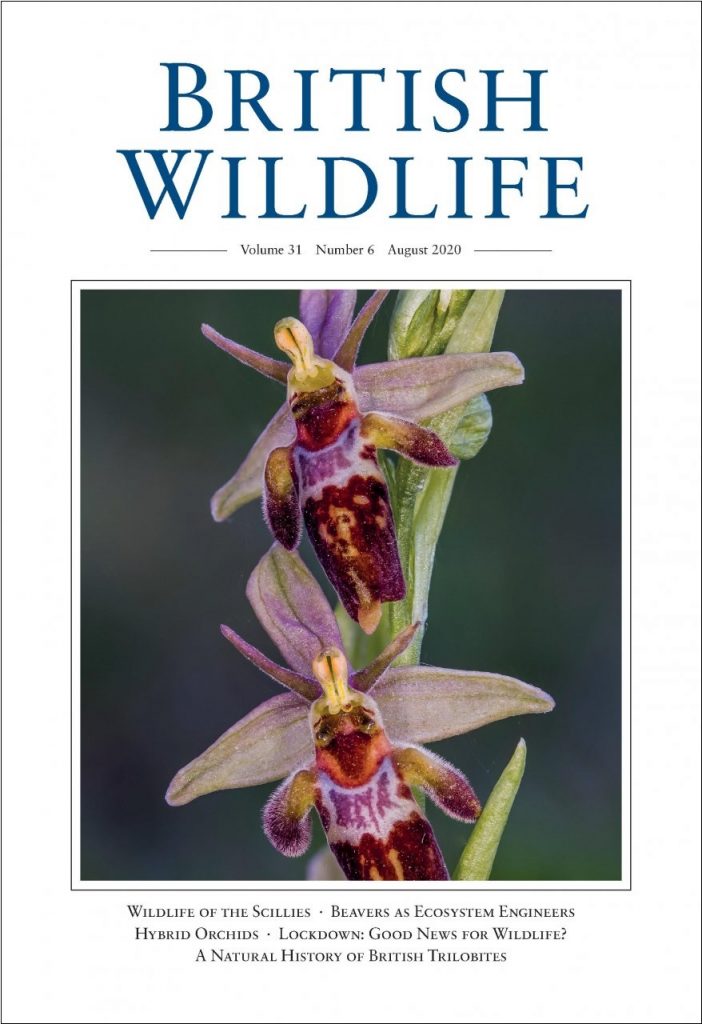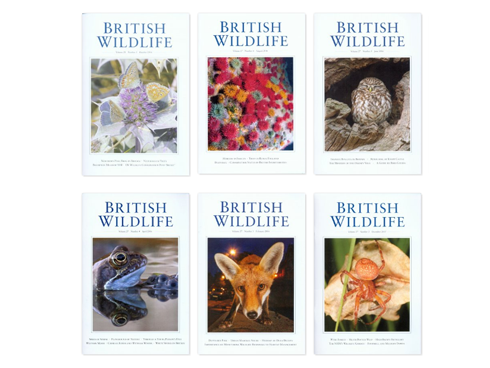
Since its launch in 1989, British Wildlife has established its position as the leading natural history magazine in the UK. NHBS first took on responsibility for publishing British Wildlife in 2016, and in August this year we were excited to announce that the magazine will be expanding, with the addition of two extra issues per volume. Here, British Wildlife’s Editor talks more about this change and highlights a small selection of the many fascinating articles published in recent issues.
This autumn has been a busy one for British Wildlife as, after 31 years as a bimonthly, we have begun our move to publishing eight times per year.
The main driver for this change has been the sheer volume and quality of articles we have received in recent years, and the sense of frustration at watching these sit on our hard drives for many months before they make it to print! The move to eight issues will speed up the publication process and, we hope, leave us better placed to track the most important developments in nature conservation. In a time of such rapid change, both in the fortunes of our wildlife and the world of environmental policy, the need for informed commentary and expert analysis is greater than ever. In British Wildlife, we will provide a forum for discussion of these topics while continuing, as always, to showcase the delights of natural history in Britain and Ireland.
Our additional space also provides the opportunity to bring further variety to some of our regular features, including through occasional contributions from guest columnists and expanding the coverage of our ever-popular wildlife reports section (see the October issue for our debut plant galls report, and look out for further additions over the next year).

As part of the expansion, last week saw our first ever November issue go to the printers. Subscribers can look forward to articles on a varied mix of subjects, including:
- the story of discovery of autumn swarming by bats
- the potential to create an alluvial floodplain woodland – a habitat lost from Britain – in the Usk Valley, in Wales
- the conservation of one of Britain’s largest and rarest spiders, the Fen Raft Spider
- the diverse wildlife and habitats of Muir of Dinnet National Nature Reserve, in Aberdeenshire
- The limitations of photographs for identifying insects and the need for specialist recording
A number of other fascinating topics have appeared in recent months.
Highlights in October included an overview of the conservation and biology of the Critically Endangered European Eel – the most heavily trafficked wild animal in the world – along with a summary of the difficulties brought upon the conservation sector by the COVID-19 pandemic, and a detailed behavioural study of the common, yet often overlooked, Speckled Bush-cricket.

Our August issue explored the topic of island biogeography through the lens of the Scilly Isles and their unusual wildlife, the spectacular effect of beavers on wetland habitats, and the remarkable world of hybridisation between orchid species.
And in June, we covered the folklore and natural history of the Jackdaw, the amazing diversity of the Ardeer Peninsula, which is currently threatened by development, and the identification and biology of Britain’s ten species of froghopper, or ‘cuckoo-spit insect’.
The above includes just a small selection from recent issues – for a full list of articles and other features, visit the British Wildlife website.
Individual back issues of the magazine are available to buy through the NHBS website, while annual subscriptions start from just £35 – sign up online here.
If you know someone who might enjoy British Wildlife, gift subscriptions – complete with a free British Wildlife mug – are available through the NHBS website.


Please can we see more fungi articles – they have been very few and far between in recent years – much lower than other groups.